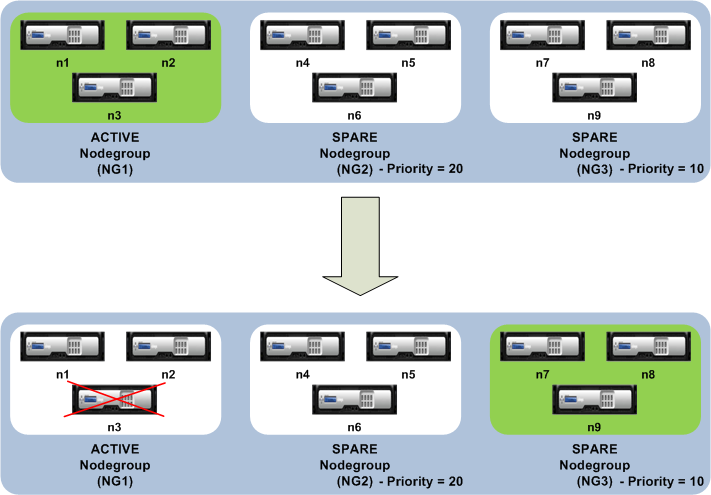This content has been machine translated dynamically.
Dieser Inhalt ist eine maschinelle Übersetzung, die dynamisch erstellt wurde. (Haftungsausschluss)
Cet article a été traduit automatiquement de manière dynamique. (Clause de non responsabilité)
Este artículo lo ha traducido una máquina de forma dinámica. (Aviso legal)
此内容已经过机器动态翻译。 放弃
このコンテンツは動的に機械翻訳されています。免責事項
이 콘텐츠는 동적으로 기계 번역되었습니다. 책임 부인
Este texto foi traduzido automaticamente. (Aviso legal)
Questo contenuto è stato tradotto dinamicamente con traduzione automatica.(Esclusione di responsabilità))
This article has been machine translated.
Dieser Artikel wurde maschinell übersetzt. (Haftungsausschluss)
Ce article a été traduit automatiquement. (Clause de non responsabilité)
Este artículo ha sido traducido automáticamente. (Aviso legal)
この記事は機械翻訳されています.免責事項
이 기사는 기계 번역되었습니다.책임 부인
Este artigo foi traduzido automaticamente.(Aviso legal)
这篇文章已经过机器翻译.放弃
Questo articolo è stato tradotto automaticamente.(Esclusione di responsabilità))
Translation failed!
Configuring redundancy for nodegroups
Note
Supported from NetScaler 10.5 Build 52.1115.e onwards.
Nodegroups can be configured such that when one nodegroup goes down, another nodegroup can take over and process traffic. For example, when a nodegroup NG1 goes down, NG2 takes over.
Note
This functionality can be used to configure datacenter redundancy where each nodegroup is configured as a datacenter.
To achieve this use case, cluster nodes must be logically grouped into nodegroups, where some nodegroups must be configured as ACTIVE and others as SPARE. The active nodegroup with the highest priority (that is, the lowest priority number) is made operationally active and therefore serves traffic. When a node from this operationally active nodegroup goes down, the node count of this nodegroup is compared with the node count of the other active nodegroups in order of their priority. If a nodegroup has a higher or equal node count, that nodegroup is made operationally active. Else, the spare nodegroups are checked.
Note
- Only one state-specific nodegroup can be active at a given point in time.
- A cluster node inherits the state of the nodegroup. So, if a node with “SPARE” state is added to nodegroup with state as “ACTIVE”, the node automatically behaves as an active node.
- The preemption parameter that is defined for the cluster instance decides whether the initial active nodegroup will take control when the it comes up again.
- A spare node group can take up a node group and host active traffic when an active node group goes down.
The following figure shows a nodegroup setup that has nodegroup redundancy defined. NG1 is initially the active nodegroup. When it loses one of the nodes, the spare nodegroup (NG3) with the highest priority starts serving traffic.
Figure 1. Citrix® ADC cluster with nodegroup redundancy configured

Configuring redundancy for nodegroups
-
Log on to the cluster IP address.
-
Create the active nodegroup and bind the required cluster nodes.
> add cluster nodegroup NG1 -state ACTIVE > bind cluster nodegroup NG1 -node n1 > bind cluster nodegroup NG1 -node n2 > bind cluster nodegroup NG1 -node n3 -
Create the spare nodegroup and bind the requisite nodes.
> add cluster nodegroup NG2 -state SPARE -priority 20 > bind cluster nodegroup NG2 -node n4 > bind cluster nodegroup NG2 -node n5 > bind cluster nodegroup NG2 -node n6 -
Create another spare nodegroup and bind the requisite nodes.
> add cluster nodegroup NG3 -state SPARE -priority 10 > bind cluster nodegroup NG3 -node n7 > bind cluster nodegroup NG3 -node n8 > bind cluster nodegroup NG3 -node n9
Share
Share
This Preview product documentation is Cloud Software Group Confidential.
You agree to hold this documentation confidential pursuant to the terms of your Cloud Software Group Beta/Tech Preview Agreement.
The development, release and timing of any features or functionality described in the Preview documentation remains at our sole discretion and are subject to change without notice or consultation.
The documentation is for informational purposes only and is not a commitment, promise or legal obligation to deliver any material, code or functionality and should not be relied upon in making Cloud Software Group product purchase decisions.
If you do not agree, select I DO NOT AGREE to exit.